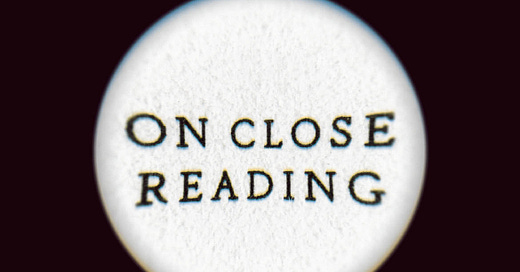This post is a sequel to an earlier discussion of close reading, though it should be self-contained, if closely read.
Keep reading with a 7-day free trial
Subscribe to Under the Net to keep reading this post and get 7 days of free access to the full post archives.



